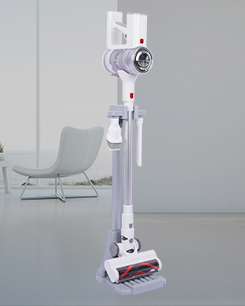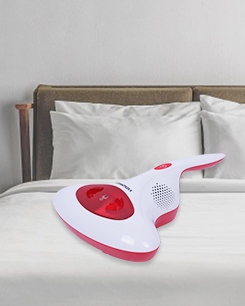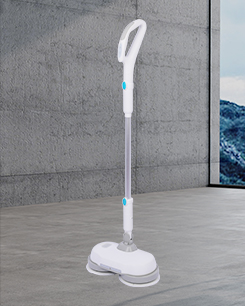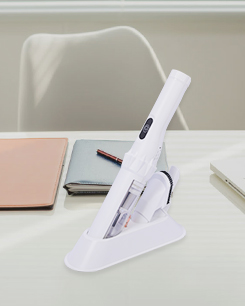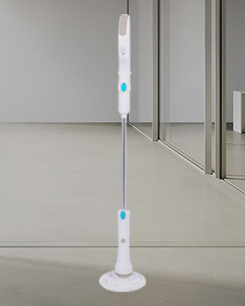Stick vacuum cleaners can help with allergen removal through various mechanisms and features designed to capture and trap allergenic particles, such as dust mites, pollen, pet dander, and mold spores. Here's how stick vacuums address allergen removal:
Filtration Systems: Many stick vacuum cleaners come equipped with advanced filtration systems, such as HEPA (High-Efficiency Particulate Air) filters or similar high-quality filters. HEPA filters are designed to capture particles as small as 0.3 microns in size, which includes most allergenic particles. These filters trap allergens and prevent them from being released back into the air during vacuuming.
Sealed Systems: Some stick vacuums have sealed filtration systems, ensuring that the air passing through the vacuum is filtered effectively before being expelled. This prevents allergens from escaping through leaks in the system.
Cyclonic Action: Cyclonic stick vacuums use cyclonic separation to separate dirt and debris from the airflow. This can help keep allergens trapped within the vacuum and away from the exhaust air.
Specialized Allergen Brushes and Nozzles: Some stick vacuum models feature specialized brushes or nozzles designed for allergen removal. These may include motorized brush rolls with anti-static or anti-allergen properties to dislodge and capture allergens from various surfaces.


Regular Maintenance: Regular maintenance of the vacuum, including cleaning or replacing filters, emptying the dustbin, and cleaning the brush roll, is essential for optimal allergen removal performance. Clogged filters or dustbins can reduce the vacuum's ability to capture allergens effectively.
Efficient Suction: Stick vacuums with strong suction power are better at pulling allergens from both surface and embedded locations. This is important for removing allergens from carpets, rugs, upholstery, and other surfaces.
Proper Disposal: Stick vacuums with hygienic emptying mechanisms, such as one-touch emptying systems or sealed dustbins, can prevent allergens from being released into the air when you empty the vacuum.
Anti-Allergen Treatments: Some stick vacuum cleaners and their accessories may be treated with anti-allergen coatings or materials that can help capture and retain allergenic particles.
UV-C or UV-C Light Options: While less common, some stick vacuums are equipped with UV-C lights or attachments that can help kill certain allergens, such as dust mites, bacteria, and mold spores, as they pass over the surface being cleaned.
Regular Cleaning Routine: Incorporating a regular cleaning routine with your stick vacuum can help maintain allergen levels in your home. Frequent vacuuming can prevent allergens from accumulating on surfaces.

 English
English Español
Español